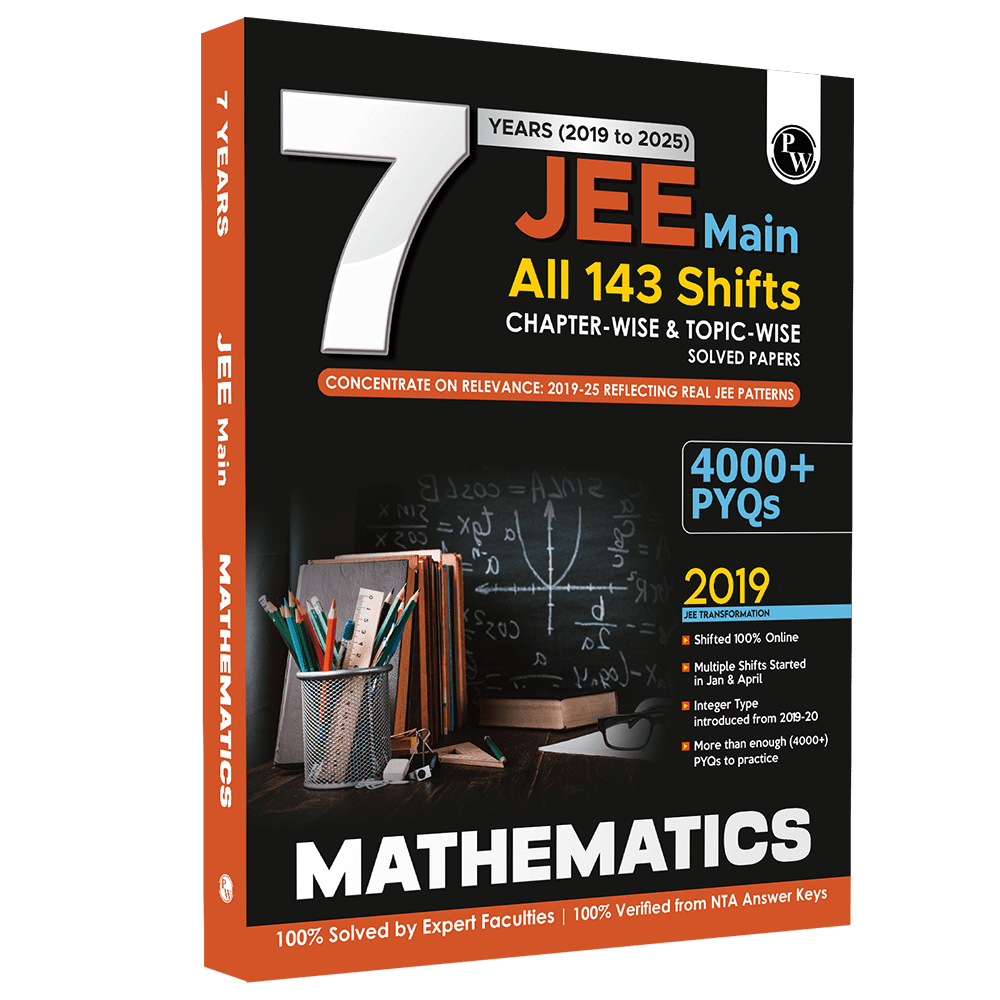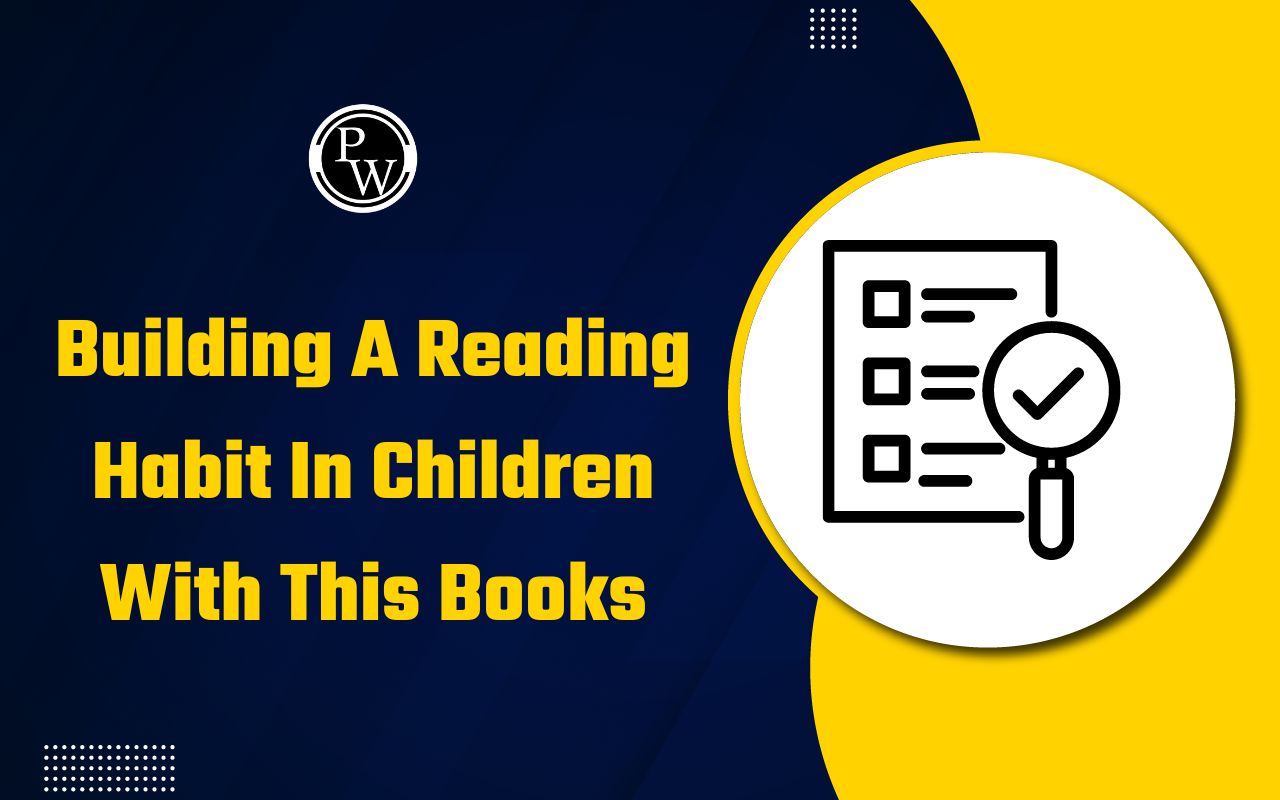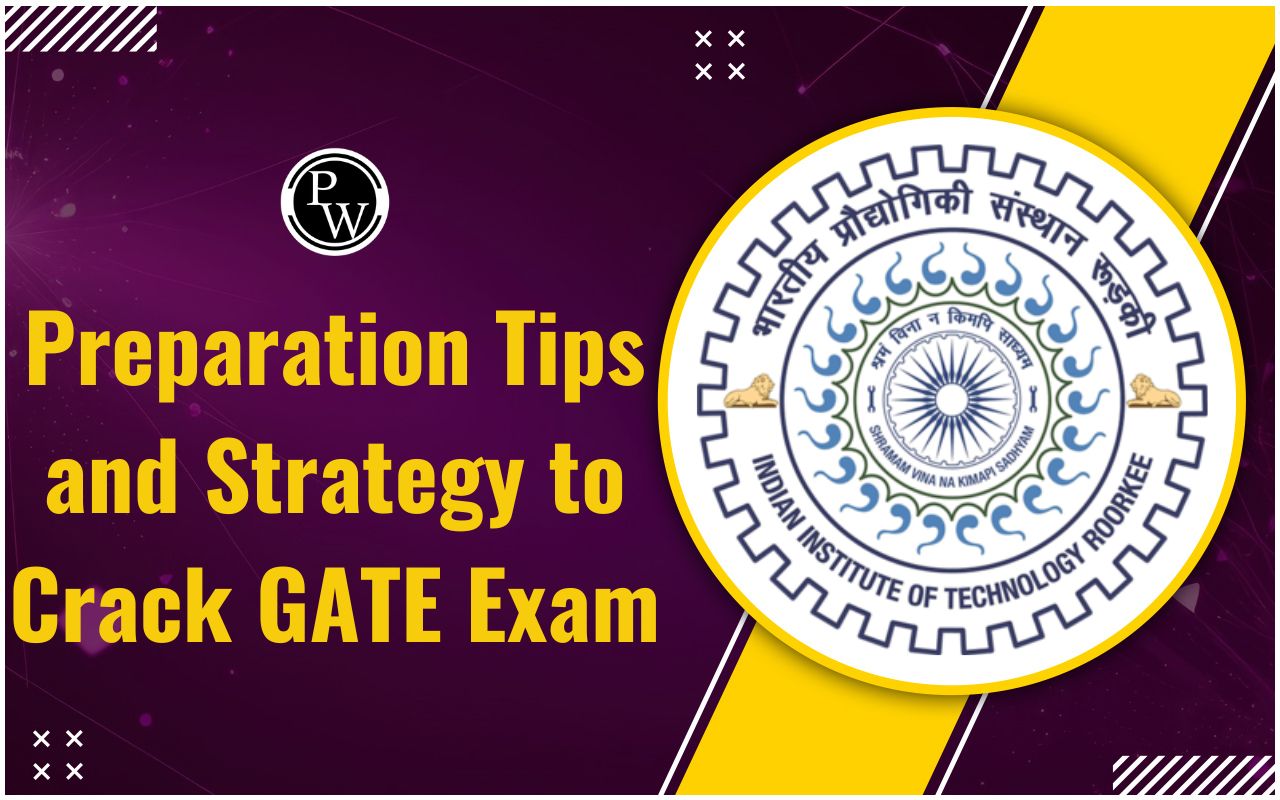JEE Main Previous Year Question Papers, Download PDF

JEE Main Previous Year Question Papers:- JEE Main is the first stage of the JEE exam, which is one of the most important entrance exams for students who want to study engineering in top colleges like NITs, IIITs, and even get a chance to appear for JEE Advanced for admission into IITs. Every year, lakhs of students from across the country prepare for this exam with the hope of getting into a good engineering college. If you are also planning to appear for this exam, then solving JEE Main Previous Year Question Papers is very important. These papers help you understand the exam pattern, types of questions asked, important topics, and the difficulty level.
As of 2025, both sessions of the JEE Main 2025 exam, January and April, have already been conducted. Students preparing for JEE Main 2026 can now use these papers to improve their preparation. Solving previous year papers gives you real exam practice and helps you manage your time better. It also helps in reducing mistakes and increasing accuracy. If you want to score well in the exam, make sure to solve at least the last 5 to 10 years’ papers. Go through the article below to get JEE Main Previous Year Question Papers.
JEE Main Exam Pattern & Marking Scheme
Before solving the JEE Main Previous Year Question Papers, it is important to understand the exam pattern and marking scheme. This helps you know how the paper is structured and how marks are given or deducted:-
|
JEE Main Exam Pattern & Marking Scheme |
|
|
Feature |
Details |
|
Mode of Exam |
Computer-Based Test (CBT) |
|
Subjects |
Physics, Chemistry, Mathematics |
|
Total Questions |
90 (30 per subject) |
|
Questions to Attempt |
75 (25 per subject) – 20 MCQs + 10 Numerical (attempt any 5) |
|
Total Marks |
300 (100 marks per subject) |
|
Type of Questions |
MCQs and Numerical Value Questions |
|
JEE Marking Scheme |
+4 for each correct answer -1 for each wrong MCQ No negative mark for numerical questions |
Check Out: IIT JEE Books
Benefits of Solving JEE Main Previous Year Questions
1. Understand Exam Pattern and Question Types
Solving JEE Main Previous Year Paper helps you know the exact exam pattern, question types, and marking scheme. It prepares you for what to expect in the actual exam.
2. Improve Speed and Accuracy
Regular practice with JEE Main PYQ boosts your speed and helps you avoid silly mistakes. It also trains you to manage time during the test.
3. Identify Important Topics
By going through past papers, you can find out which topics are frequently asked and which areas need more revision.
4. Practice Chapterwise with PDFs
You can download the JEE Mains PYQ Chapterwise PDF Download to practise topic-wise. This is very useful for focused revision and strengthening weak areas.
5. Boost Confidence and Reduce Exam Stress
The more you practise, the more confident you become. Solving previous papers helps reduce exam anxiety and prepares you mentally for the real challenge.
JEE Main Previous Year Question Papers
Get quick JEE Main Previous Year Questions for Chemistry, Physics, and Maths here:-
JEE Main Chemistry Previous Year Question
1. Choose the correct statements
(A) Weight of a substance is the amount of matter present in it.
(B) Mass is the force exerted by gravity on an object.
(C) Volume is the amount of space occupied by a substance.
(D) Temperatures below 0°C are possible in Celsius scale, but in Kelvin scale negative temperature is not possible.
(E) Precision refers to the closeness of various measurements for the same quantity.
Choose the correct answer from the options given below:
(a) (B), (C) and (D) only
(b) (C), (D) and (E) only
(c) (A), (B) and (C) only
(d) (A), (D) and (E) only
Answer: (b) (C), (D) and (E) only
2. The candela is the luminous intensity...
The candela is the luminous intensity, in a given direction, of a source that emits monochromatic radiation of frequency 'A' × 10¹² hertz and that has a radiant intensity in that direction of 1/'B' watt per steradian.
'A' and 'B' are respectively:
(a) 540 and 1/683
(b) 540 and 683
(c) 450 and 1/683
(d) 450 and 683
Answer: (b) 540 and 683
3. Which of the following have same number of significant figures?
(A) 0.00253
(B) 1.0003
(C) 15.0
(D) 163
Choose the correct answer from the options given below:
(a) A, B and C only
(b) C and D only
(c) A, C and D only
(d) B and C only
Answer: (c) A, C and D only
4. Using the rules for significant figures, the correct answer for the expression:
0.02858 × 0.112 ÷ 0.5702
(a) 0.005613
(b) 0.00561
(c) 0.0056
(d) 0.006
Answer: (b) 0.00561
5. The number of significant figures in 0.00340 is ________.
Answer: 3 significant figures
For JEE Main Chemistry Practice Questions, check the link below.
Want more such JEE Mains Chemistry Previous Year Question Papers? Check out below:-
JEE Main Physics Previous Year Question
1. A body of mass 10 kg is moving with a speed of 2 m/s. What is its kinetic energy?
(a) 10 J
(b) 20 J
(c) 5 J
(d) 40 J
Answer: (b) 20 J
2. A uniform wire of length L and resistance R is cut into five equal parts. These parts are then connected in parallel. What is the equivalent resistance of the combination?
(a) R/25
(b) 5R
(c) R/5
(d) R/10
Answer: (a) R/25
3. Which of the following is a dimensionless quantity?
(a) Pressure
(b) Strain
(c) Force
(d) Torque
Answer: (b) Strain
4. A 220 V, 100 W bulb is connected to a 110 V supply. What is the power consumed?
(a) 50 W
(b) 25 W
(c) 100 W
(d) 55 W
Answer: (b) 25 W
5. In Young’s double slit experiment, the separation between slits is 0.2 mm, and the distance to the screen is 1 m. If the fringe width is 5 mm, what is the wavelength of light used?
(a) 1000 nm
(b) 500 nm
(c) 600 nm
(d) 700 nm
Answer: (b) 500 nm
For JEE Main Physics Questions, check the link below.
Want more such JEE Mains Physics Previous Year Question Papers? Check out below:-
JEE Main Maths Previous Year Question
1. The sum of the first 20 natural numbers is
(a) 200
(b) 210
(c) 220
(d) 190
Answer: (b) 210
2. If x plus 1 by x is equal to 5, what is the value of x square plus 1 by x square?
(a) 23
(b) 25
(c) 21
(d) 24
Answer: (a) 23
3. The value of sin 30 degrees plus cos 60 degrees is
(a) 1
(b) 0.5
(c) 1.5
(d) 2
Answer: (c) 1.5
4. A train travels 360 kilometres at a uniform speed. If the speed had been 5 kilometres per hour more, it would have taken 48 minutes less. What is the speed of the train?
(a) 40 kmph
(b) 45 kmph
(c) 50 kmph
(d) 60 kmph
Answer: (b) 45 kmph
5. What is the HCF of 60 and 72?
(a) 6
(b) 12
(c) 24
(d) 18
Answer: (b) 12
For JEE Main Maths Practice Questions, check the link below.
Want more such JEE Mains Maths Previous Year Question Papers? Check out below:-
How to Use JEE Main PYQs to Score 250+?
Scoring 250 or more in JEE Main is not easy, but it is possible if you follow a smart and focused plan. One of the most important resources for your preparation is solving the JEE Mains Previous Year Question Paper. But before you start solving these papers, there are a few important steps you should follow.
Step 1: Complete the Syllabus Properly
First of all, you must complete the full JEE Main syllabus for Physics, Chemistry, and Maths. Do not skip any chapter, even if it looks hard. Start with the NCERT for Chemistry, then refer to JEE Study Materials. Make sure your basics are clear before moving forward.
Step 2: Study One Chapter at a Time
Once you understand a chapter, revise it well and then move to the JEE Mains PYQ Chapterwise PDF Download for that topic. For example, after studying the chapter “Current Electricity,” go and solve the JEE Main PYQ from that chapter only. This method is very useful because it helps you revise the topic and apply your concepts at the same time. It also helps you remember the chapter for a longer time.
Step 3: Take Notes While Solving PYQs
While solving chapter-wise PYQs, keep a notebook with you. If you are getting stuck on any question or making mistakes, write that point down. These small notes will help you during revision. If the mistake is due to a concept, go back to the book and revise that part again.
Step 4: Analyse Which Areas Need More Practice
After solving a few chapters, you will notice that you are weak in some chapters and strong in others. Focus more on your weak areas. Try to understand why you are going wrong. Is it a calculation error? Is it a misunderstanding of a concept? Work on it until you are confident.
Step 5: Start Solving Full-Length JEE Mains Previous Year Question Papers
Once your syllabus is complete and you have done chapterwise PYQs, start solving full JEE Mains Previous Year Question Papers from the last 10 years. Set a timer and solve the paper just like the real exam. This will improve your speed, time management, and accuracy.
Step 6: Evaluate Your Performance
After solving the paper, check your answers and calculate your score. Remember, there is negative marking in JEE Main. For every wrong answer, 1 mark will be deducted. So, guesswork can be risky and may reduce your total score. Only attempt the questions you are sure about.
Step 7: Work on Mistakes and Repeat
After checking the paper, go through the questions where you lost marks. Note the reason and revise that concept again. Keep doing this for every paper. This step is very important if you want to reach a score above 250.
Read More: Features of PW JEE Main PYQ Book
JEE Mains previous year question papers FAQs
1. Why should I solve JEE Mains previous year question papers?
Solving JEE Mains previous year question paper helps you understand the exam pattern, types of questions asked, marking scheme, and difficulty level.
2. How many years of JEE Main PYQs should I solve?
You should solve at least the last 5 to 10 years of JEE Main previous year question papers to cover a wide range of questions and concepts.
3. Is it possible to score 250+ just by solving JEE Main PYQ?
Solving JEE Main PYQ is very helpful, but you must also study the theory properly, revise regularly, and work on your weak areas to score 250+.
4. Where can I get JEE Mains previous year question paper with solutions?
You can find official JEE Main previous year question papers with solutions on the NTA (National Testing Agency) website. Many coaching platforms like PW also offer free downloads.
5. Are questions from previous year papers repeated in JEE Main?
Exact questions are not repeated, but similar types and concepts often reappear. So, solving JEE Mains previous year question paper gives you a good advantage.











